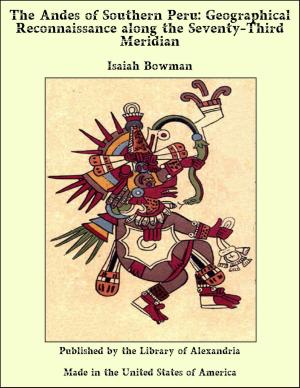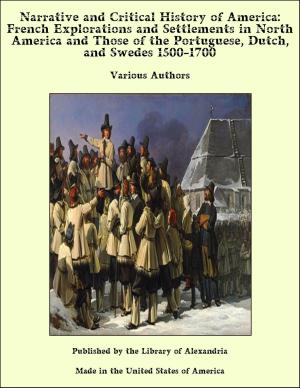| Author: | Edward Hungerford | ISBN: | 9781465539670 |
| Publisher: | Library of Alexandria | Publication: | March 8, 2015 |
| Imprint: | Language: | English |
| Author: | Edward Hungerford |
| ISBN: | 9781465539670 |
| Publisher: | Library of Alexandria |
| Publication: | March 8, 2015 |
| Imprint: | |
| Language: | English |
THE RAILROADS AND THEIR BEGINNINGS Two Great Groups of Railroads; East to West, and North to South—Some of the Giant Roads—Canals—Development of the Country’s Natural Resources—Railroad Projects—Locomotives Imported—First Locomotive of American Manufacture—Opposition of Canal-owners to Railroads—Development of Pennsylvania’s Anthracite Mines—The Merging of Small Lines into Systems. Fifteen or twenty great railroad systems are the overland carriers of the United States. Measured by corporations, known by a vast variety of differing names, there are many, many more than these. But this great number is reduced, through common ownership or through a common purpose in operation, to less than a score of transportation organisms, each with its own field, its own purposes, and its own ambitions. The greater number of these railroads reach from east to west, and so follow the natural lines of traffic within the country. Two or three systems—such as the Illinois Central and the Delaware & Hudson—run at variance with this natural trend, and may be classed as cross-country routes. A few properties have no long-reaching routes, but derive their incomes from the transportation business of a comparatively small exclusive territory, as the Boston & Maine in Northern New England, the New Haven in Southern New England, both of them recently brought under a more or less direct single control, and the Long Island. Still Other properties find their greatest revenue in bringing anthracite coal from the Pennsylvania mountains to the seaboard, and among these are the Lackawanna, the Lehigh Valley, the Central Railroad of New Jersey, and the Philadelphia & Reading systems
THE RAILROADS AND THEIR BEGINNINGS Two Great Groups of Railroads; East to West, and North to South—Some of the Giant Roads—Canals—Development of the Country’s Natural Resources—Railroad Projects—Locomotives Imported—First Locomotive of American Manufacture—Opposition of Canal-owners to Railroads—Development of Pennsylvania’s Anthracite Mines—The Merging of Small Lines into Systems. Fifteen or twenty great railroad systems are the overland carriers of the United States. Measured by corporations, known by a vast variety of differing names, there are many, many more than these. But this great number is reduced, through common ownership or through a common purpose in operation, to less than a score of transportation organisms, each with its own field, its own purposes, and its own ambitions. The greater number of these railroads reach from east to west, and so follow the natural lines of traffic within the country. Two or three systems—such as the Illinois Central and the Delaware & Hudson—run at variance with this natural trend, and may be classed as cross-country routes. A few properties have no long-reaching routes, but derive their incomes from the transportation business of a comparatively small exclusive territory, as the Boston & Maine in Northern New England, the New Haven in Southern New England, both of them recently brought under a more or less direct single control, and the Long Island. Still Other properties find their greatest revenue in bringing anthracite coal from the Pennsylvania mountains to the seaboard, and among these are the Lackawanna, the Lehigh Valley, the Central Railroad of New Jersey, and the Philadelphia & Reading systems















